Endoscopic retrograde cholangiopancreatography, or ERCP, is a procedure that combines upper GI endoscopy and x-rays. Doctors use ERCP to diagnose and treat problems of the bile and pancreatic ducts due to gallstones, pancreatitis, pancreatic pseudocysts, or tumors of the bile ducts or pancreas.
A sedative will be administered to keep the patient relaxed and comfortable along with a numbing agent for the throat. The doctor will feed the endoscope down the esophagus, through the stomach, and into the duodenum. A small camera mounted on the endoscope will send video images to a monitor while the endoscope pumps air into the stomach and duodenum making them easier to see.
During the procedure, the physician will locate the opening where the bile and pancreatic ducts empty into the duodenum and slide the catheter through the endoscope and into the ducts. Then inject a special dye, or contrast medium. This makes the ducts more visible on x-rays called fluoroscopy which is used to examine the ducts and look for narrowed areas or blockages.
The doctor uses tiny tools on the endoscope to open blocked or narrowed ducts, break up or remove stones, obtain tissue samples for biopsies or remove tumors or insert stents.
For Questions or Appointments Call 480.542.7000


